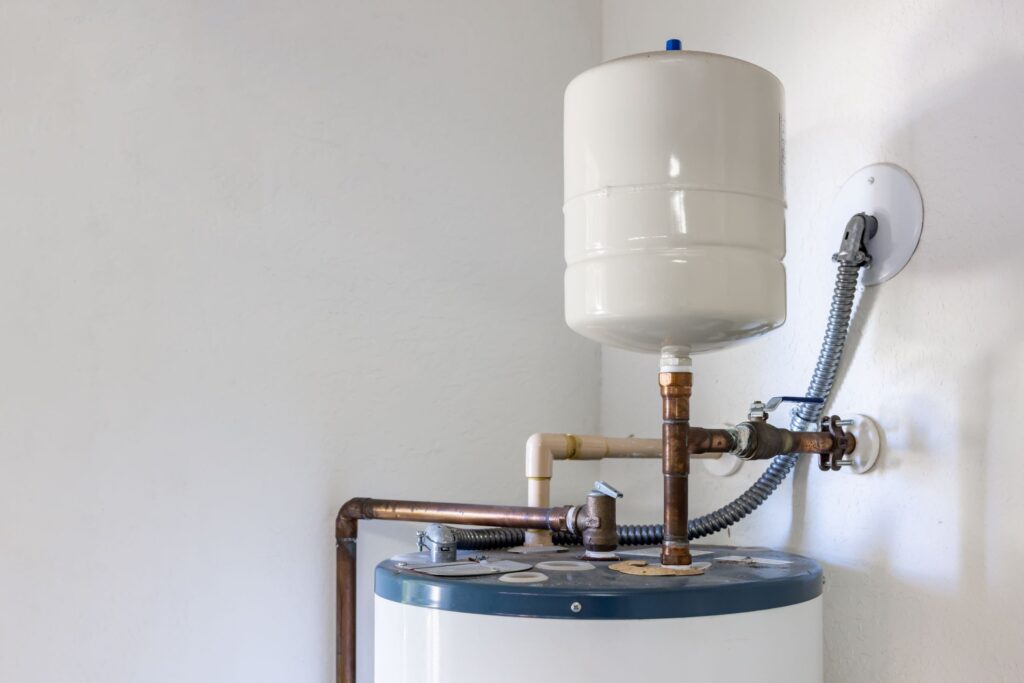Effective Methods to Care for Your Home's Hot Water System SuccessfullyEffective Techniques for Caring for Your Home's Hot Water System
Effective Methods to Care for Your Home's Hot Water System SuccessfullyEffective Techniques for Caring for Your Home's Hot Water System
Blog Article
What are your opinions with regards to How to Maintain a Hot Water Heater in a Few Simple Steps?

Warm water is necessary for everyday comfort, whether it's for a refreshing shower or cleaning meals. To ensure your warm water system runs successfully and lasts longer, regular upkeep is crucial. This short article provides sensible ideas and insights on just how to preserve your home's hot water system to stay clear of disturbances and expensive repair services.
Introduction
Maintaining your home's hot water system could appear complicated, however with a few simple actions, you can ensure it operates efficiently for years ahead. This guide covers everything from recognizing your hot water system to do it yourself maintenance tips and understanding when to hire specialist assistance.
Relevance of Preserving Your Hot Water System
Routine maintenance not just extends the life-span of your hot water system yet also guarantees it operates successfully. Overlooking maintenance can cause decreased effectiveness, higher power bills, and even early failure of the system.
Indicators Your Hot Water System Demands Maintenance
Understanding when your warm water system needs focus can avoid significant issues. Watch out for signs such as inconsistent water temperature level, strange noises from the heating unit, or corroded water.
Flushing the Hot Water Heater
Flushing your water heater gets rid of sediment accumulation, boosting efficiency and extending its life.
Monitoring and Replacing Anode Rods
Anode poles protect against corrosion inside the storage tank. Examining and replacing them when worn out is vital.
Complex Concerns Calling For Professional Help
Instances consist of major leaks, electric problems, or if your water heater is regularly underperforming.
Routine Expert Upkeep Perks
Expert upkeep can consist of thorough evaluations, tune-ups, and making sure conformity with security criteria.
Checking and Changing Temperature Level Setups
Readjusting the temperature settings guarantees ideal performance and security.
Do It Yourself Tips for Maintenance
You can execute several upkeep jobs yourself to maintain your warm water system in top condition.
Checking for Leaks
Consistently inspect pipes and links for leakages, as these can lead to water damage and higher expenses.
Comprehending Your Warm Water System
Before diving right into upkeep jobs, it's valuable to understand the basic parts of your warm water system. Normally, this includes the hot water heater itself, pipelines, anode poles, and temperature level controls.
Regular Monthly Maintenance Tasks
Routine monthly checks can help capture small concerns before they intensify.
Evaluating Stress Relief Valves
Testing the stress relief valve guarantees it operates properly and prevents extreme pressure build-up.
Insulating Pipelines
Insulating warm water pipes minimizes heat loss and can conserve energy.
When to Call a Specialist
While DIY upkeep is beneficial, some concerns require specialist knowledge.
Final thought
Normal maintenance of your home's warm water system is important for performance, long life, and expense financial savings. By following these suggestions and recognizing when to seek professional aid, you can ensure a reputable supply of hot water without unanticipated disruptions.
How to Maintain an Instant Hot Water Heater
Before tinkering with your hot water heater, make sure that it’s not powered on. You also have to turn off the main circuit breaker and shut off the main gas line to prevent accidents. Also turn off the water valves connected to your unit to prevent water from flowing into and out of the appliance. 2. When you’re done, you have to detach the purge valves’ caps. These look like the letter “T” and are situated on either side of the water valves. Doing so will release any pressure that has accumulated inside the valves while at the same time avoid hot water from shooting out and burning your skin. 3. When the purge valves’ caps are removed, you have to connect your hosing lines to the valves. Your unit should have come with three hoses but if it didn’t, you can purchase these things from any hardware or home repair shops. You can also get them from retail stores that sell water heating systems. Read the user’s manual and follow it to complete this task properly. When the hosing lines are connected, open the purge port’s valves. 4. You should never use harsh chemical cleaners or solutions when cleaning your unit. Make use of white vinegar instead. It should be undiluted and you’ll probably use about 2 gallons. 5. Now flush your water heater. This task should probably take about 40 minutes. We can’t give you specific directions for this because the procedure is carried out depending on the type, model and brand of your heater. With that being said, refer to the user’s manual. 6. When you’re done draining the unit, you have to turn off the purge port valves again. Remove the hosing lines that you earlier installed on each of the water valves. Put the valve caps (purge port) back in their respective places and be very careful so as not to damage the rubber discs that are found inside these caps. 7. Now that everything’s back in place, check your user’s manual again to find out how to reactivate your water heating system. 8. Once it is working, turn one of your hot water faucets on just to let air pass through the heater’s water supply pipes. Leave the tap on until water flows smoothly out of it. https://www.orrplumbing.com/blog/2014/september/how-to-maintain-an-instant-hot-water-heater/
I was made aware of that report about Tips on Maintaining a Water Heater through an acquaintance on a different web page. Loved our blog entry? Please share it. Let another person discover it. Bless you for your time. Revisit us soon.
Get Quote Now Report this page